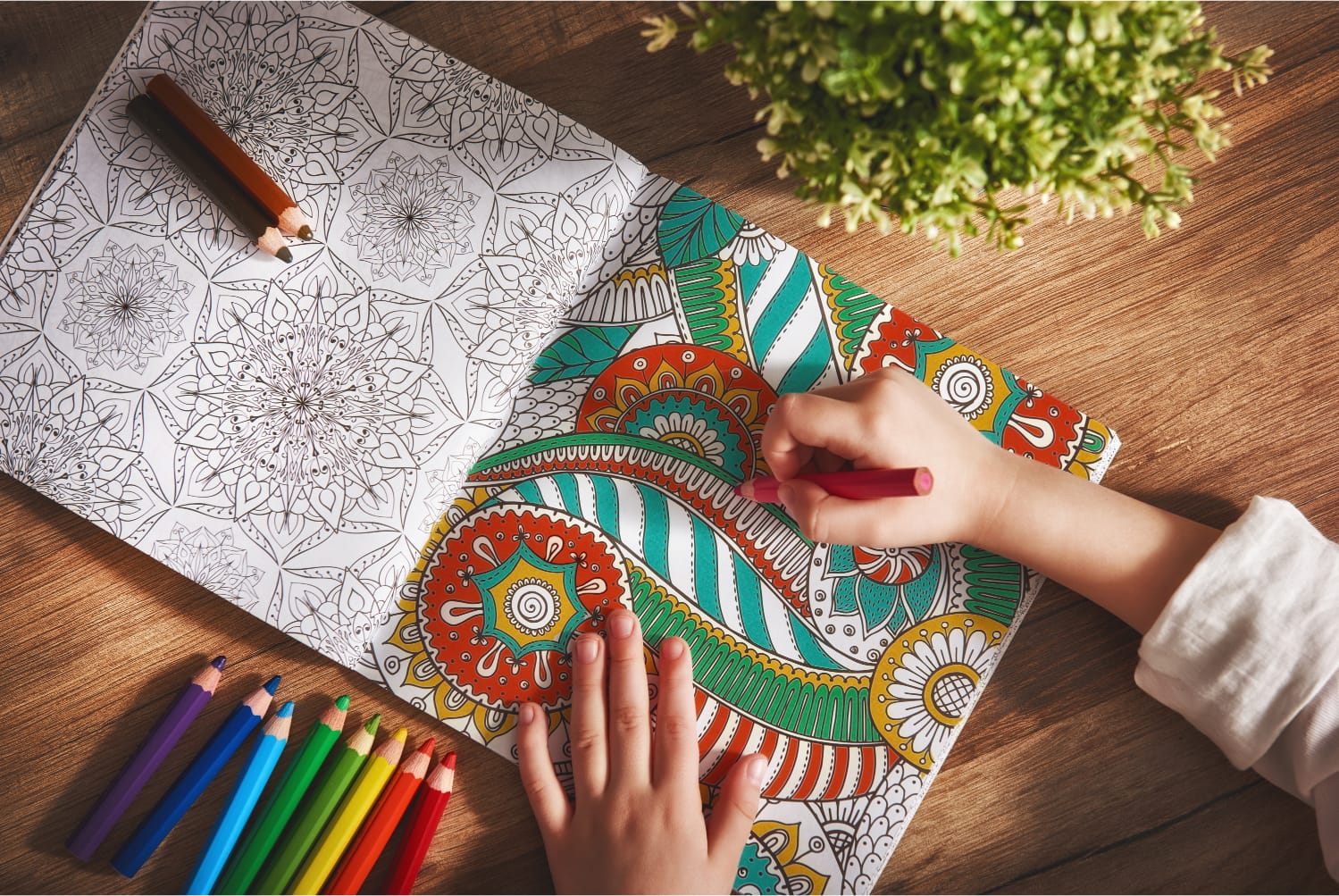

April 14, 2022
Coloring books creation is usually designed for children. However, the practice has grown in popularity among adults and artists. They have also become a popular form of relaxation for adults and children alike.
Today, there are many different coloring books, including educational ones for kids and adult books with patterns requiring more skill and creativity.
Themes are subject matters, such as animals or landscape scenes, that match the audience you are looking to create your book for. If your audience is children, pick themes for a book that children will love. If your audience is adults, pick the theme that will suit adults. The theme is one of the most crucial aspects to consider before making a coloring book creation.
Illustration pages should be consistent with the theme of your coloring book. Don’t worry if all your illustrations do not perfectly align with the page’s size. You can adjust these during the layout and design process.
Look at other books to get some ideas and inspiration. Look for ones that are similar to the theme of your book, but that also have some unique features. Is there a lot of space for people to add their drawings? Are there large, detailed images? These are all unique features that you can use in your book.
The cover of your book needs to catch the eye of your customers and pique their interest. Include words like fresh, new, updated, upgraded, or improved. The cover is the first thing users see, and it makes them feel excited about purchasing your book. Make sure the title of your coloring book portrays what is inside, explicitly stating the content on the front and back cover. You may even want to show an example of what is inside on the back cover.
The paper you use is an integral part of your coloring experience. You will want to use an uncoated text weight paper so that it is easy to color and write on. But you should use our 70# uncoated paper, the thickest uncoated we have, since it is less likely to bleed, giving you the best coloring results.
An experienced bookbinder will be able to advise you as to what will best suit your requirements, dependent on the use and purpose of your book. The best binding options will leave your book looking attractive, sturdy, and robust. All of our binding options will work with a coloring book — perfect bound, plastic coil, saddle stitch, and wire-o. The most frequent options used by our clients are saddle stitch and plastic coil.
Have a suitable pricing mechanism. You will have thousands of competitors for coloring books, so your book will be forgotten if you are not competitive when it comes to pricing.
Set up your drawings in a folder and ensure they are all oriented in the same direction (landscape or portrait). It is also best to check that all your drawings are are the correct size for the book you are printing.
To publish your coloring book, you’ll need to send us the electronic files of your original artwork. Electronic files of your art should be at least 300 dpi. After designing the entire book, you should save it in a high resolution PDF format.
Ensuring that your book has a title and copyright information is essential. These things will help retailers distinguish it from other books and make it easier for customers to find it.
Getting a quality printer to print your work is a significant first step in publishing your coloring book. Publishing Xpress has printed lots of coloring books and will do an excellent job printing your book. For information on pricing, check out our instant pricing calculators.
Creating your coloring book creation can be a fun and relaxing way to pass the time. Start by finding an idea that will inspire you and draw on it until you have a nice collection of images to make up your coloring book. Now you are ready to publish your work for others to enjoy.
© 2025 Publishing Xpress. All Rights Reserved.